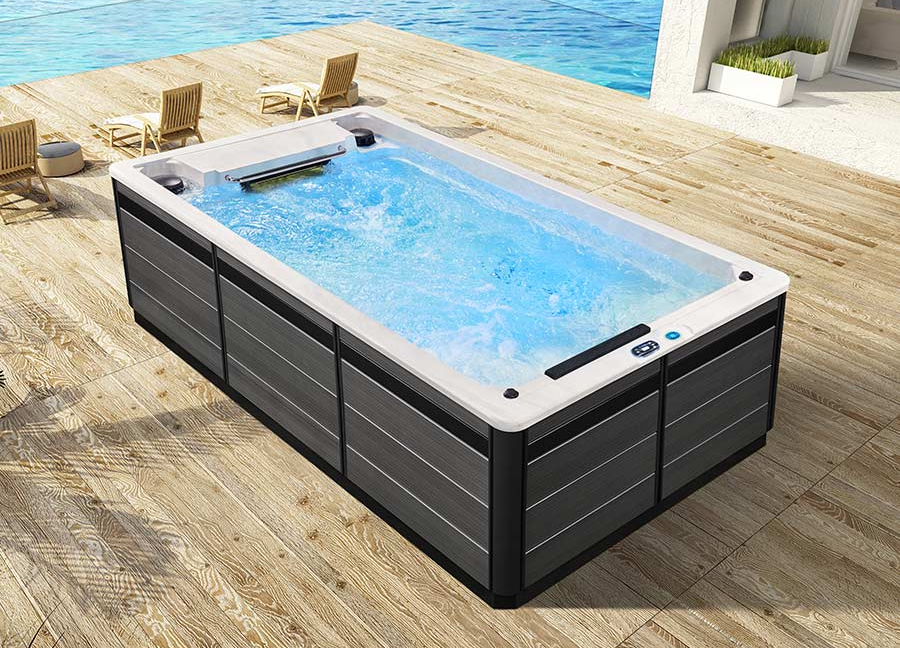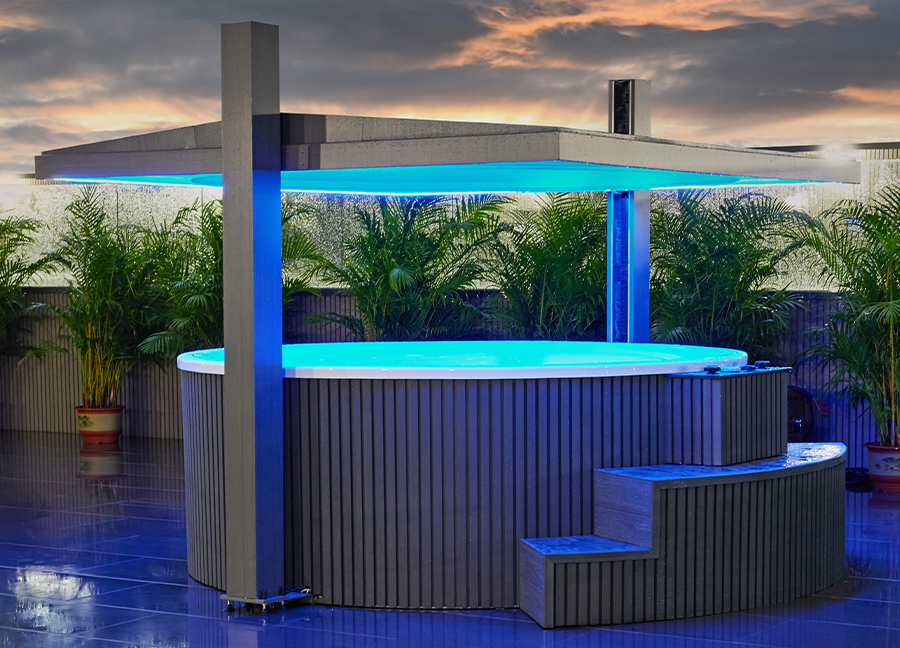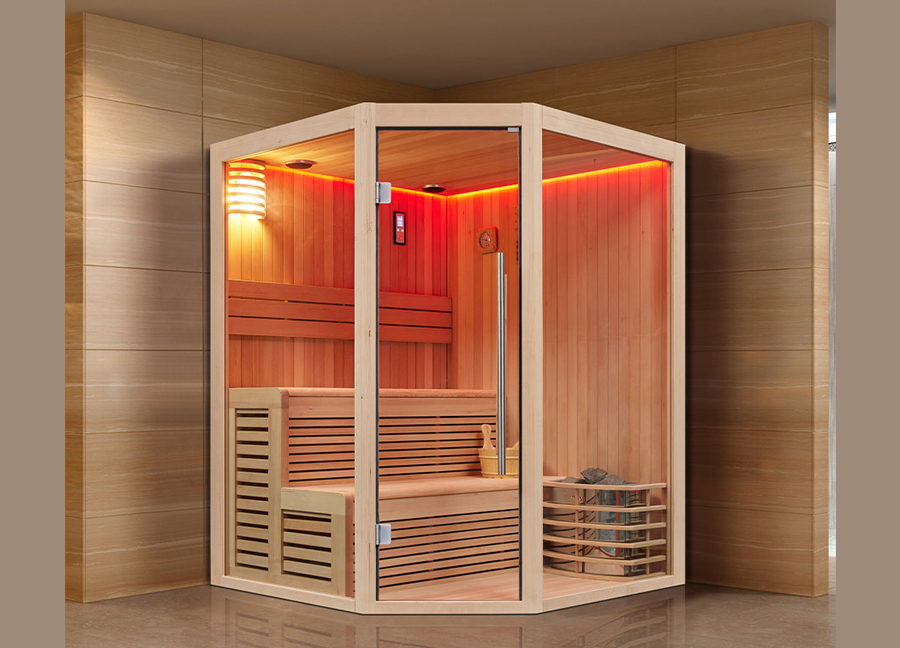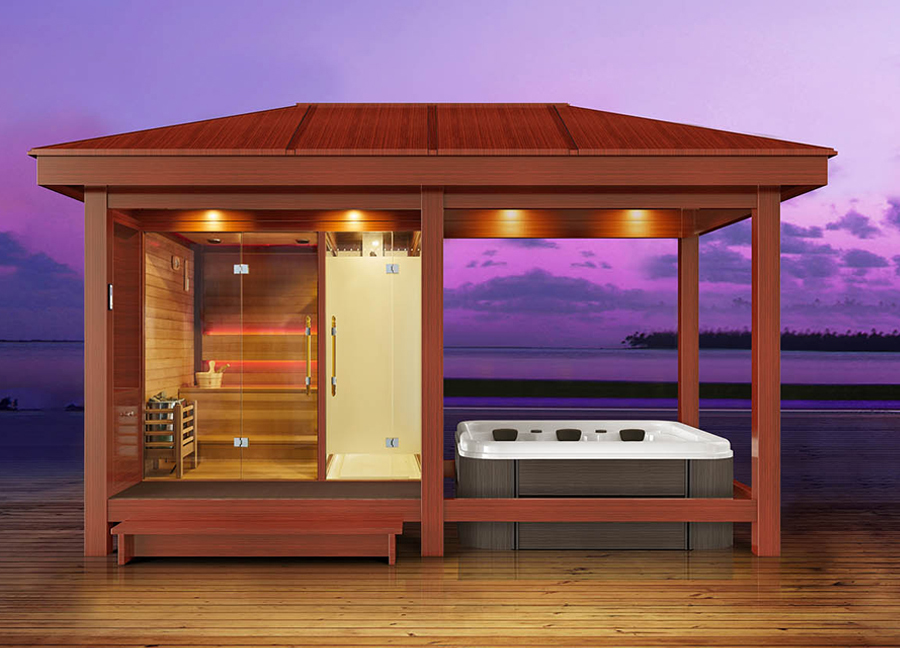Home steam shower rooms not only cleanse but are also popular for their numerous health benefits, such as relaxation, perspiration, and metabolic stimulation. After using a home steam shower room, many people have a common question: Can I take a cold shower directly after a steam shower?
This seemingly simple question involves multiple physiological factors, including temperature regulation, vascular regulation, and changes in the nervous system. Improper use can affect health and even pose certain risks. Therefore, it is necessary to conduct a thorough scientific analysis of the relationship between steam showers and cold showers, clarifying the conditions for use, precautions, and pros and cons.
This article will systematically analyze this topic, aiming to provide scientific and appropriate guidance for those who use home steam shower rooms.
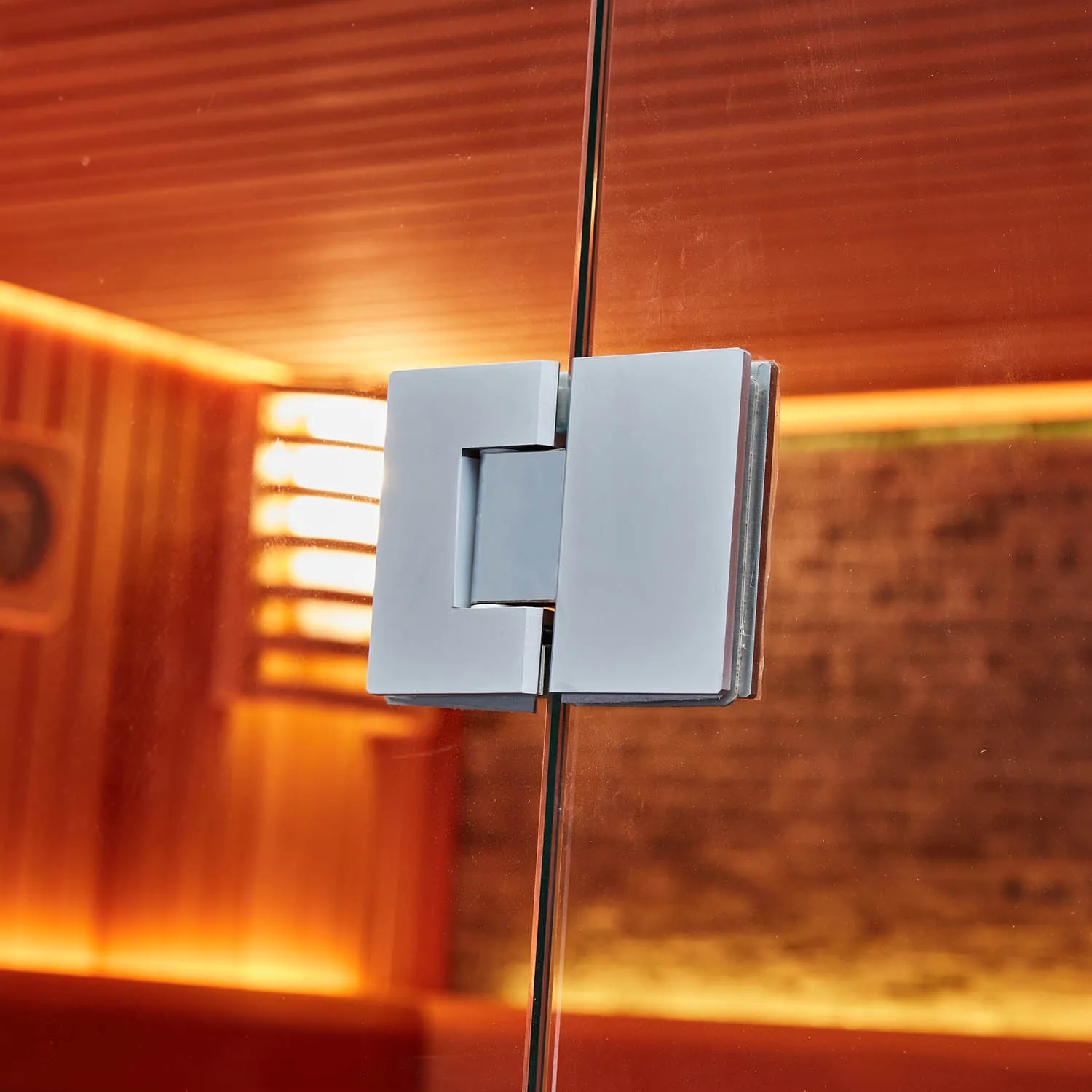
The Principles and Health Benefits of Steam Showers
1. What is a home steam shower room?
A home steam shower room is an enclosed shower space that combines traditional steam therapy with modern bathroom features. Its basic structure includes:
· Steam generator (heats water to produce steam);
· Sealed cabin (maintains a high temperature and high humidity environment);
· Control panel (adjusts temperature, time, and humidity);
· Bath accessories (shower head, shower head, etc.).
When a person enters a home steam shower room, the cabin temperature is typically maintained at 40-50°C, and the humidity is above 90%, creating a warm and humid environment.
2. Direct Effects of a Steam Shower on the Human Body
When using a home steam shower room, the human body undergoes a series of physiological changes:
· Vascular dilation: The high temperature stimulates the skin, causing blood vessels to dilate and enhance blood circulation;
· Profuse sweating: Pores open, allowing sweat glands to release water and some metabolic products;
· Nervous relaxation: The parasympathetic nervous system takes over, and the body and mind enter a state of relaxation;
· Muscle relaxation: A warm environment helps relieve muscle tension and pain;
· Body temperature rise: Core body temperature rises by 0.5-1.5°C (varies depending on individual differences);
These reactions are the body's self-regulatory mechanisms for coping with high temperature and humidity, and are the foundation for the health benefits of steam showers.
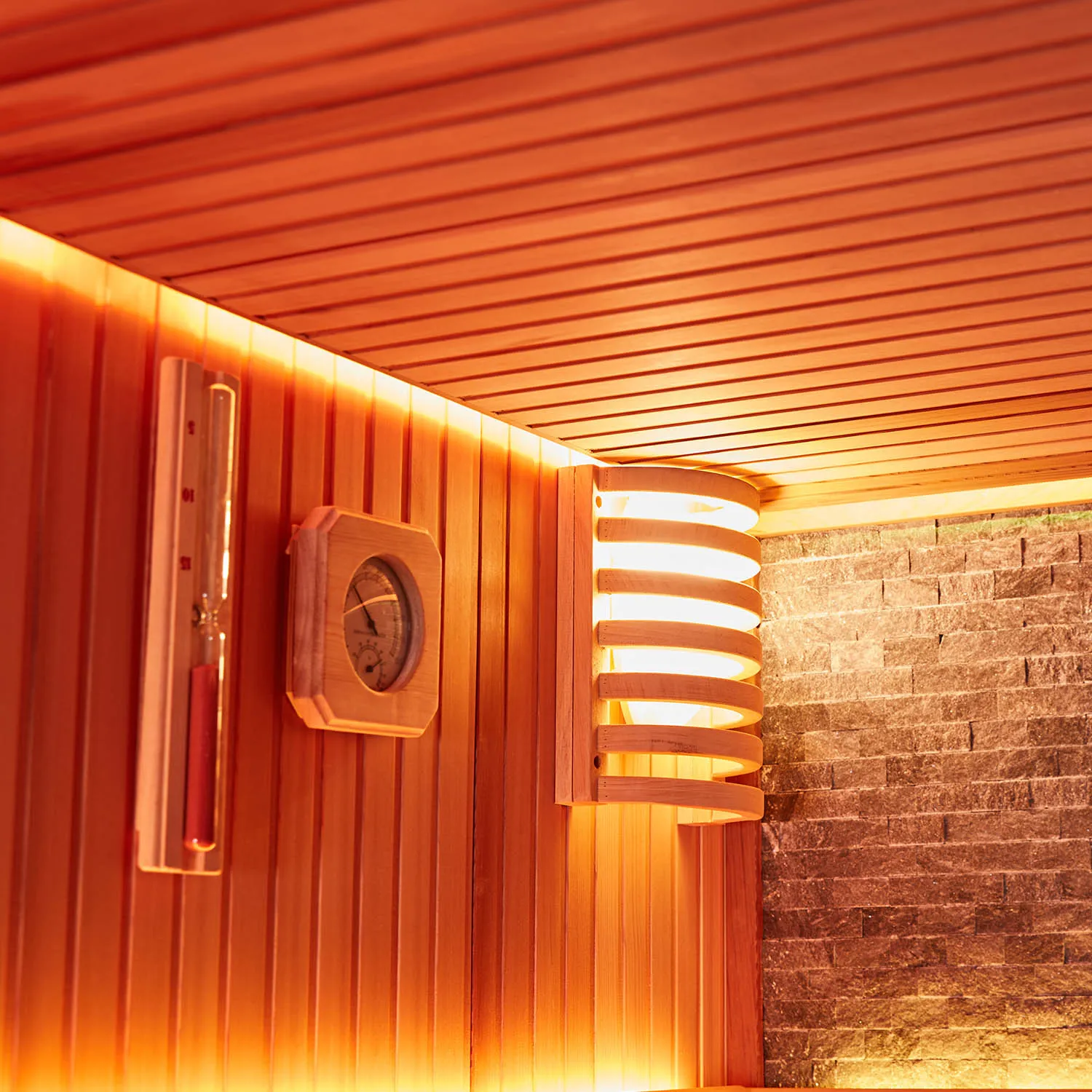
What are the effects of a cold shower on the body?
Cold showers, even when performed directly on the body with relatively low-temperature water (usually below 25°C), can cause significant physiological reactions:
· Vasocoelia: Cold temperature causes blood vessels to constrict rapidly, reducing blood flow;
· Increased heart rate: Cold stimulates sympathetic nervous system activity, increasing heart rate;
· Muscle tension: Muscles contract in response to cold, increasing body tension;
· Shortness of breath: Cold water shock can cause a brief period of rapid breathing or even breath holding;
· Immune activation: Brief cold exposure is believed to enhance immune system activity;
· Mental alertness: Cold temperatures can activate the brain's alertness system, leading to rapid awakening.
Cold showers are often used as a way to refresh after exercise, in hot weather, or when feeling low. However, caution is advised when using them in conjunction with a high-temperature steam environment.
What are the effects of a cold shower directly after a home steam shower?
1. Stress on the cardiovascular system caused by the temperature shock
After using a home steam shower, the body experiences a state of widespread vasodilation, elevated core temperature, and relaxed nerves. If you suddenly rinse with cold water at this point, it will cause:
· Rapid and intense constriction of surface blood vessels, leading to sudden fluctuations in blood pressure;
· Severe stress on the heart, potentially causing irregular heartbeats, palpitations, and dizziness;
· For those with a history of cardiovascular disease, it may even lead to serious consequences (such as angina pectoris).
Therefore, from the perspective of cardiovascular regulation, it is not recommended to immediately irritate the body with cold water after high-temperature steam.
2. Sudden Activation of the Nervous System
Steam stimulates the parasympathetic nervous system, placing the body in a relaxed state. Cold water stimulation, on the other hand, rapidly activates the sympathetic nervous system, leading to:
· A transient increase in heart rate;
· Accelerated glandular secretion;
· Shortness of breath;
· Adrenaline release.
This sudden shift from relaxation to alertness places a heavy strain on the nervous system, potentially causing temporary confusion. The elderly, the frail, or those experiencing fatigue are particularly susceptible to blood pressure fluctuations and dizziness.
3. Risk of Muscle Contraction and Cramps
After a steam shower, the body is completely relaxed, with muscles and joints stretched and muscle temperature elevated.
Sudden exposure to cold water at this time may cause:
· Rapid muscle contraction;
· Changes in tension around joints;
· Induced cramps and muscle spasms;
· Impaired joint flexibility.
For those who use a home steam shower after exercise, rinsing with cold water without properly cooling down can have a negative impact on the body.
4. Problems Caused by Sudden Closure of Skin Pores
In a steamy environment, pores open, helping to detoxify the skin and soften the dead skin cells. Rinsing with cold water at this time:
· Sudden closure of pores may trap residual sweat and sebum;
· Clogged pores, leading to skin problems such as acne and blackheads;
· For sensitive skin, the cold stimulus may trigger allergies or rashes.
Therefore, from a skin care perspective, rinsing with cold water immediately after a home steam shower is not recommended.
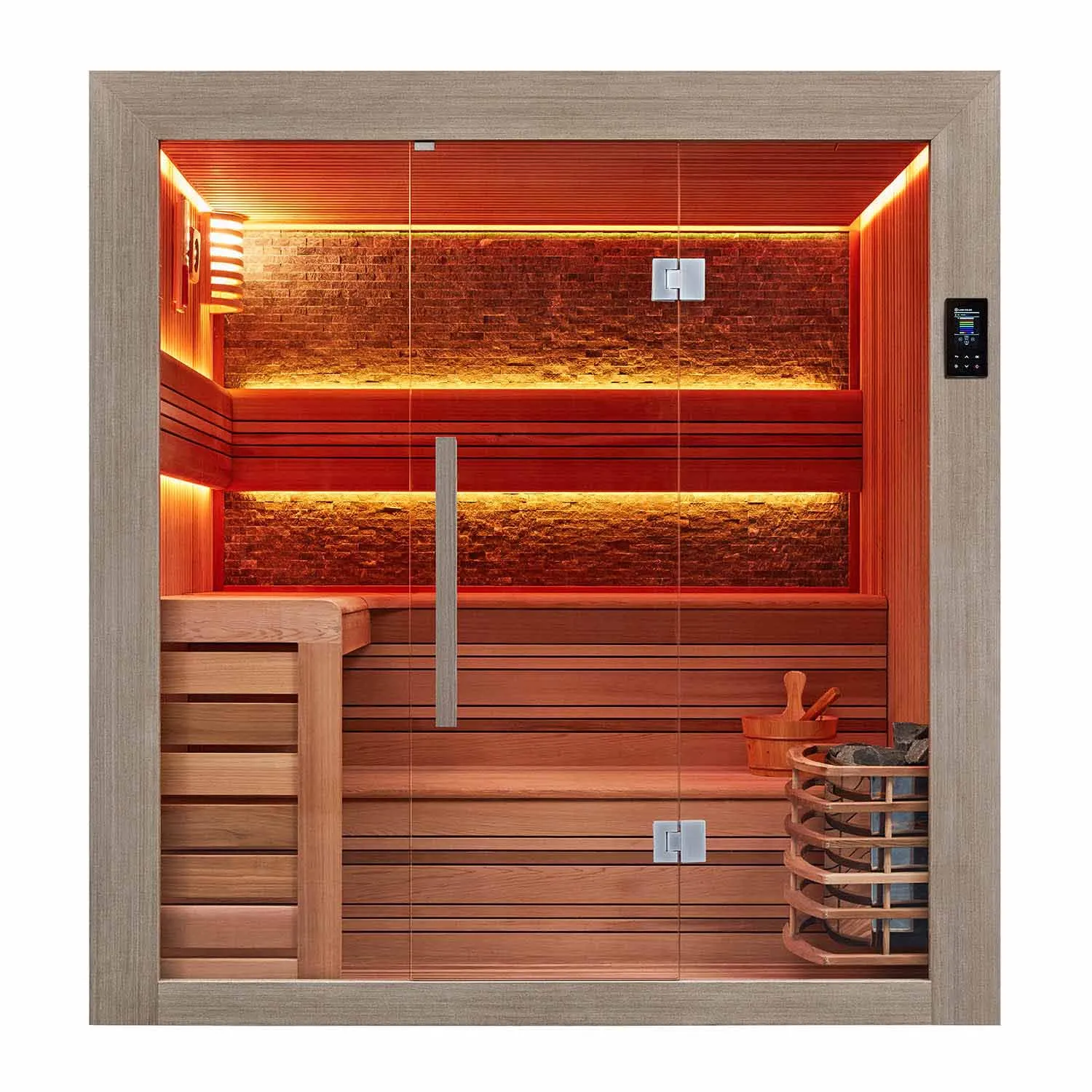
Is it possible to use a cold shower under certain conditions?
While it's not recommended to immediately take a cold shower, under controlled conditions, a steam shower and a cold water rinse can be used in conjunction to achieve the effect of "alternating hot and cold for health." Here are some safety tips:
1. A gentle transition is crucial
After the steam shower, it's recommended to sit or stand quietly for at least 3-5 minutes to allow the body to gradually cool down and for the heart rate, blood pressure, and nervous system to return to a neutral state.
You can:
· Use room temperature body scrubbing or natural cooling;
· Use warm water (30-35°C) as a transition;
· Use deep breathing and gentle massage to relieve vasoconstriction.
2. Apply a localized cold compress instead of a full-body rinse
Initially, you can:
· Apply a cold, damp towel to the face and arms;
· Use a cold water rinse on areas away from the heart, such as the calves and ankles.
This method is gentler, reduces the impact, and allows for gradual adaptation to the cold and warm stimulation.
3. Keep the cold water temperature low
Avoid using water below 15°C. It is generally recommended to maintain a temperature of around 22-25°C to allow the body to gradually adapt to the appropriate stimulation.
4. Choose with caution
The following groups should avoid cold showers:
· Patients with hypertension, coronary heart disease, or irregular heartbeat;
· Individuals experiencing physical fatigue, mental stress, or hunger;
· The elderly and children;
· Women who are menstruating, pregnant, or postpartum;
· People using steam showers in cold weather (below 10°C).
Scientific Recommendations for Using a Home Steam Shower Room
To achieve the best results from using a home steam shower room while avoiding the risks of alternating hot and cold temperatures, the following procedure is recommended:
Steps | Procedure | Instructions |
| Step 1 | Steam shower for 15–20 minutes | Control temperature at 40–45°C (40–45°C) and humidity above 90% |
| Step 2 | Sit or stand quietly for 3–5 minutes | Regulates blood pressure, heart rate, and body temperature |
| Step 3 | Rinse with warm water (30–35°C) | Gently cleanses sweat and dead skin cells |
| Step 4 | Apply cold compresses or cold water to selected areas | Keep temperature at least 22°C and for no more than 1 minute |
| Step 5 | Dry yourself, put on warm clothing, and rest for at least 10 minutes | Prevents sudden drops in body temperature and colds |
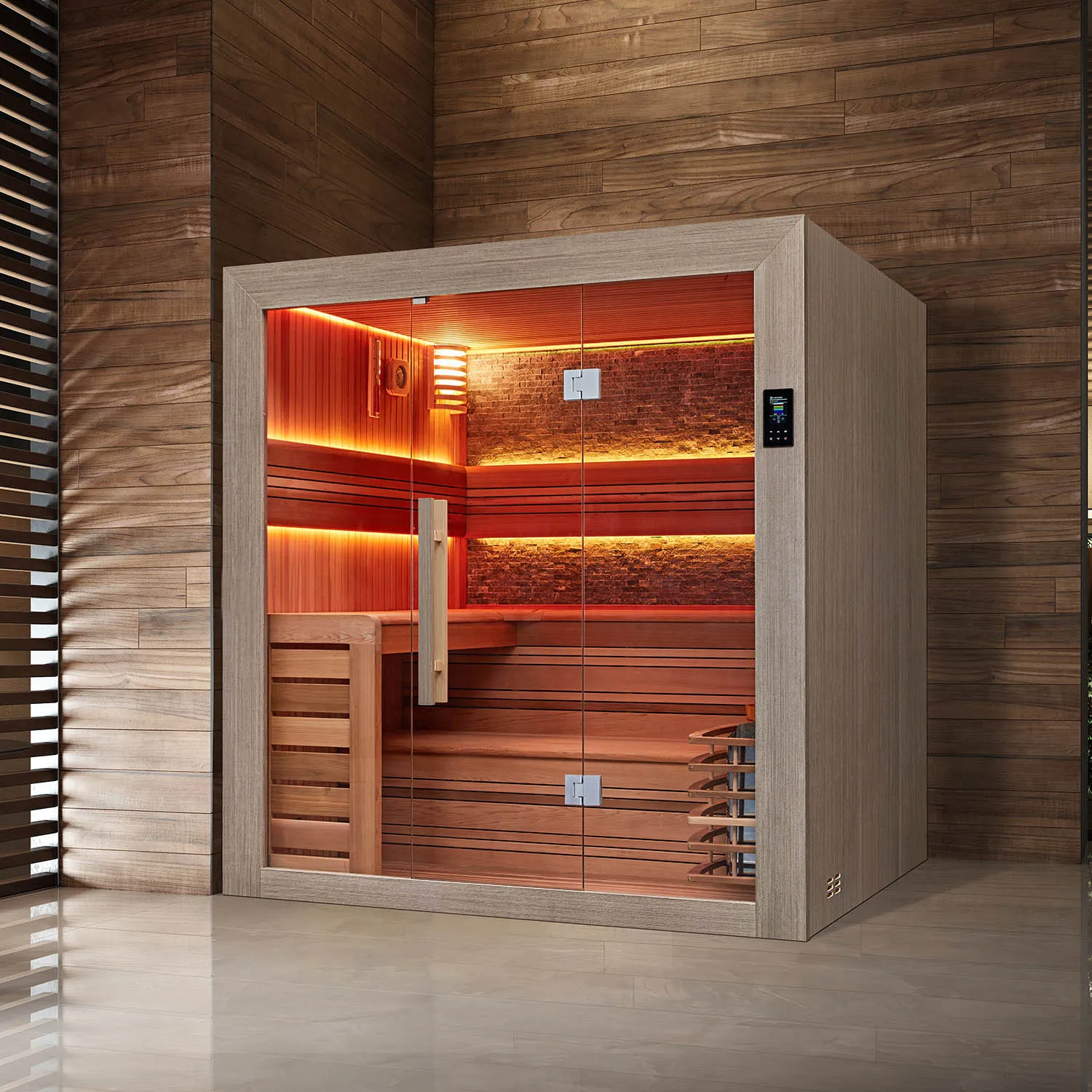
Can you take a cold shower after a steam shower?
The answer is: it is not recommended, especially if you haven't properly prepared for a buffer and cooling down.
While a home steam shower provides an effective way to sweat and relax, it can differ from a cold shower in terms of the sudden temperature change, intense vascular regulation, and increased stress on the nervous system. If you wish to combine cold showers with cold water stimulation, you should strictly control the time, temperature, method, and user conditions, adhering to scientific and safe procedures.
Therefore, combining steam and cold water isn't completely unacceptable, but it must be done with proper adaptation and a reasonable transition. For most home users, it's safer to cleanse with warm water after a steam bath, allowing the body ample recovery time before applying a gentle cool compress as needed.
Can I request customized packaging or branding for retail?
Yes. MEXDA offers OEM packaging services, including your logo, brand colors, brochures, and user manuals tailored to your target market. We understand that a strong retail presence begins with strong branding, and our design team can help you stand out.
If you're looking to purchase spa or sauna systems ready for direct-to-consumer sales, we can fully brand them to match your store or regional identity.

